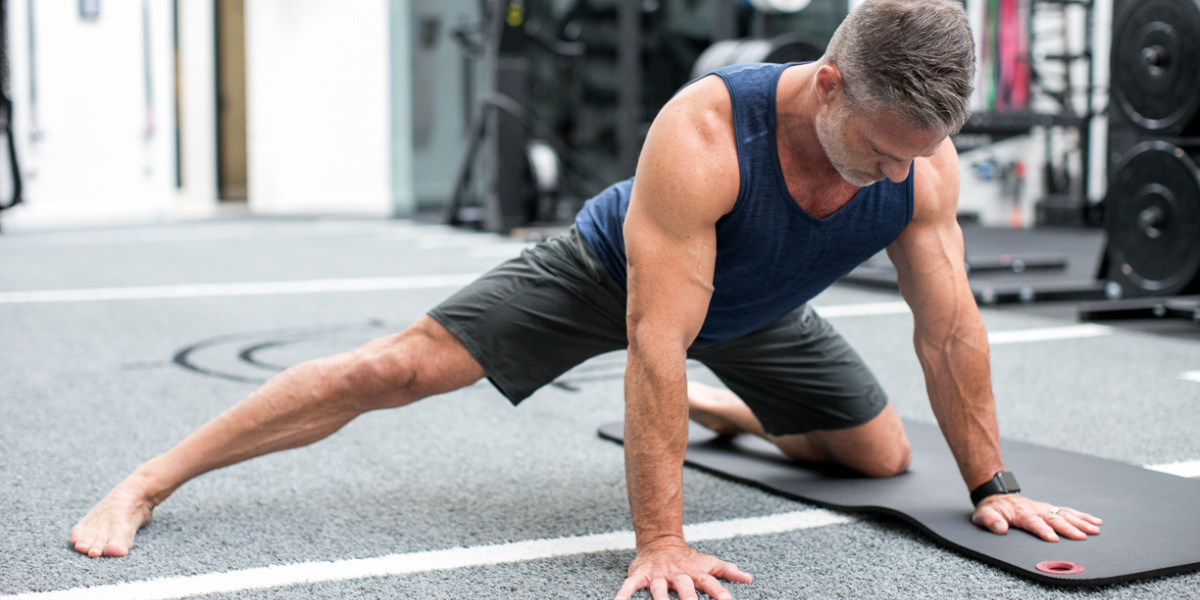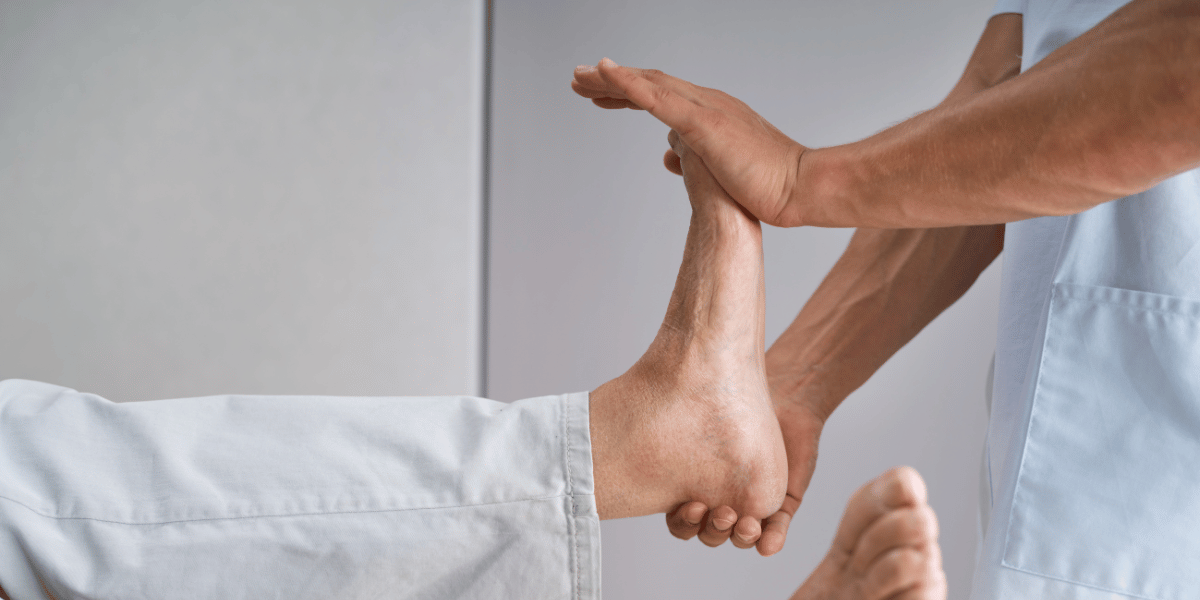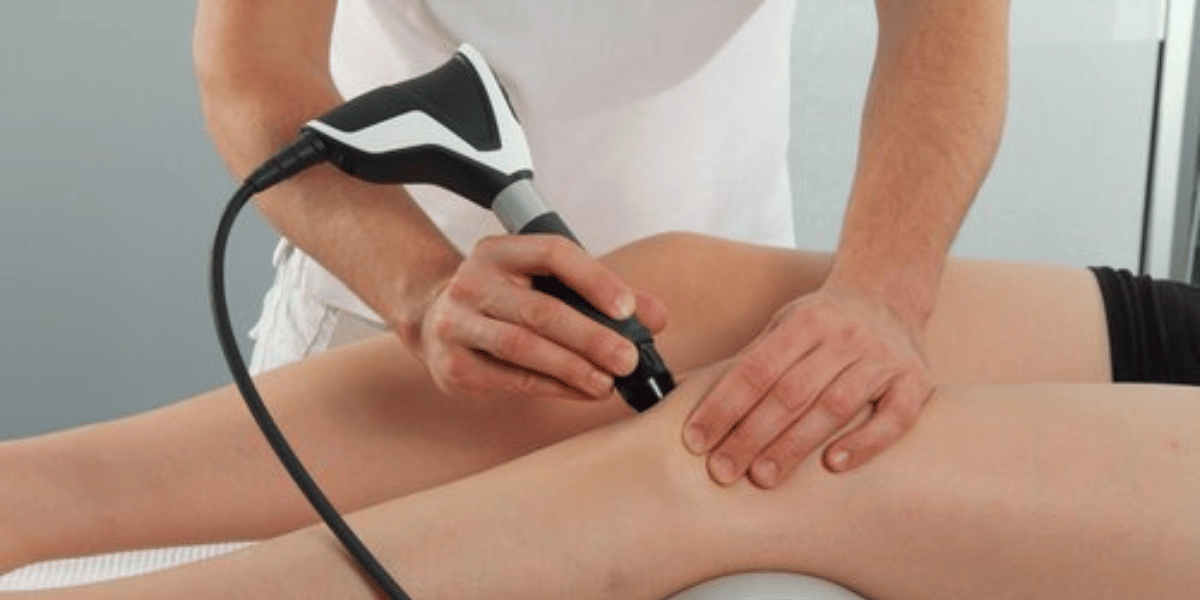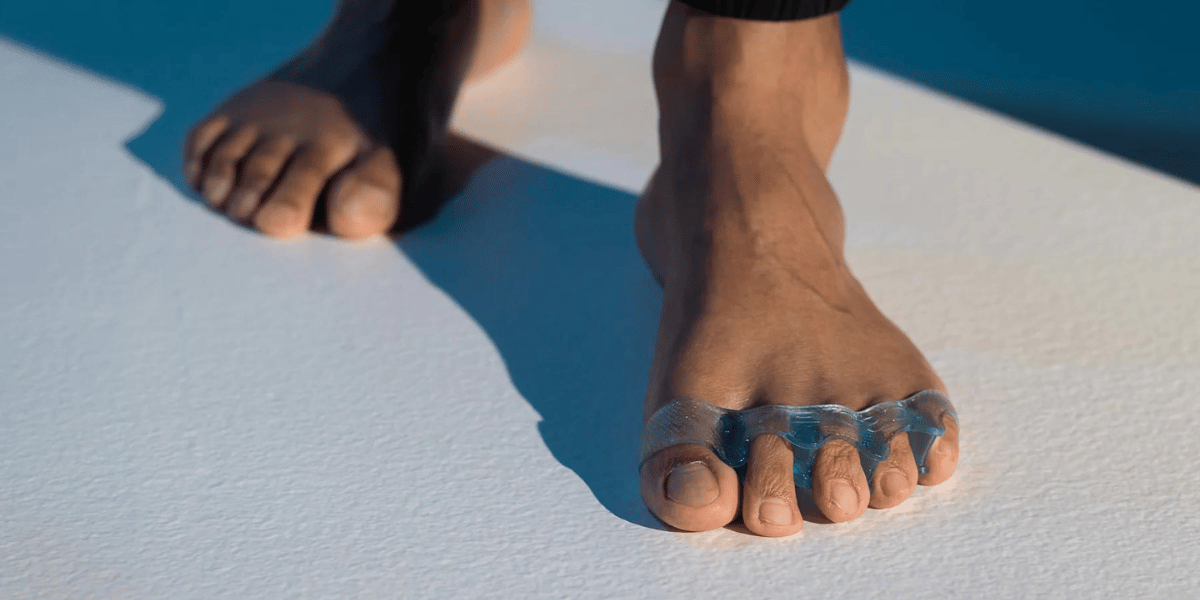Why Ankle Mobility Matters More Than You Think
Do your ankles feel stiff after a long day, are your knees sore after a long walk, or maybe just going up the stairs has become increasingly tough?...
.png?width=70&height=70&name=Stark_LogoMark%20(1).png)

In the realm of fitness and health, terms like mobility and flexibility are often thrown around without a full understanding of what they really are or entail. Both are key components of orthhopedic health, but they serve different purposes and require distinct approaches to achieve. Read on to break down the crucial differences between the two and exactly how mobility and flexibility can each lead to significant improvements in your overall movement capacity.
When we talk about mobility, we're referencing the actual usability of a joint in a specific motion- it is actively moving your body parts through a full range of motion using muscular strength. Imagine being able to lift your leg high into the air without even a wince, or extend your arms overhead without straining your low back- that's the power of mobility.
Especially for those looking for longevity or minimizing the pains of aging, mobility means smoothly transitioning between movements and positions, avoiding the risk of being unable to control sudden motions. Strong mobility is invaluable, not just in physical activities but in daily life, aiding in injury prevention and enabling efficient movements. It's a key factor in maintaining independence and quality of life as we age.
Improving mobility is a gradual process that involves consistent practice and proper technique. Incorporating mobility specific training like Controlled Articular Rotations (CARs) or Functional Range Conditioning (FRC) is a great way to practice controlling the range you do have, as well as building up strength to improve those ranges of motion. It's also essential to include strength training, as stronger muscles can support and move the joints through a fuller range of motion.
In contrast, flexibility represents the potential range of motion in a joint. It's the measurement of how far a particular joint, muscle, or series of muscles can be stretched or bent. Unlike mobility, which is active, flexibility is passive. It's the friend who can pull your arm up higher overhead for you without any effort on your part, or the band that allows you to lift your leg a little higher than you were able to without an aid.
Increased flexibility aids in improving performance in daily activities that require stability, such as walking, bending, and reaching. Consider the movements of gymnasts as an example— their high level of flexibility allows their bodies to execute complex motions smoothly, reducing the risk of injury. In the case of people focused on their longevity, flexibility can prevent injuries as well- think of slipping on the stairs and having your wrist bend back to catch your fall. While you may not normally be able to flex your wrist that far on your own, flexibility allows your wrist to bend just enough to catch yourself without getting injured.
Much like mobility, improving flexibility requires a consistent approach to stretching and conditioning the body. Incorporating a routine of static stretches, where you hold a single position for a period, ideally when the muscles are warm, can help you maintain, or possibly even increase, the range of motion. Dynamic stretching, which involves moving parts of your body and gradually increasing reach, speed of movement, or both, is also beneficial before engaging in physical activity. To see significant improvements, dedication to daily or frequent stretching regimens is crucial, as flexibility tends to decrease with age and inactivity.
While it might initially seem like mobility and flexibility are two sides of the same coin, the approaches to training for each are distinct. Developing flexibility involves sustained stretching and reaching to elongate the muscles and connective tissues that surround the joint. This process often relies on gravity, a partner, or external forces that gently push the body beyond its usual range.
On the other hand, enhancing mobility focuses on strengthening the muscles in their full, natural range of motion. This is achieved through exercises that challenge the body to move in multiple planes and directions, training the muscles to support a full range of motion without strain. Resistance bands and various body-weight exercises are excellent tools for fostering active mobility.
For people seeking longevity, striking the right balance between flexibility and mobility is crucial. Overemphasizing flexibility without the necessary strength to control the additional range of motion can lead to instability and potential injury. Conversely, mobility without adequate flexibility can limit your effective range of motion, limiting movement and making you more susceptible to strain or overcompensations.
The benefits of improved mobility and flexibility extend to daily life. Sports, hiking, playing with children, or avoiding injury from slips and falls as you age are all reasons to focus on your joint health. An improved range of motion can also alleviate musculoskeletal discomfort due to sedentary occupations or poor posture, promoting better spinal alignment and overall well-being.
In conclusion, mobility and flexibility work synergistically to shape our physical abilities. They are the unsung heroes that enable us to move with grace, power, and control. Recognizing the differences between the two and understanding how maintain each is a critical step in a comprehensive fitness strategy.
Take the time to assess your current level of mobility and flexibility and set realistic goals for improvement. If you need help with either step, Stark's neuromuscular specialists are always happy to help you unlock the full potential of your body and discover a new level of freedom in movement!

Do your ankles feel stiff after a long day, are your knees sore after a long walk, or maybe just going up the stairs has become increasingly tough?...

Are those persistent aches and pains throwing a wrench into your workout routine? Or maybe you just find that you need at least 30 minuetes of...

When it comes to our health, we often focus on the major muscle groups and completely overlook the 26 little workhorses that bear our weight – our...